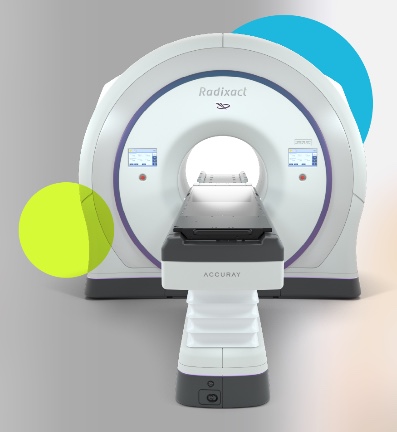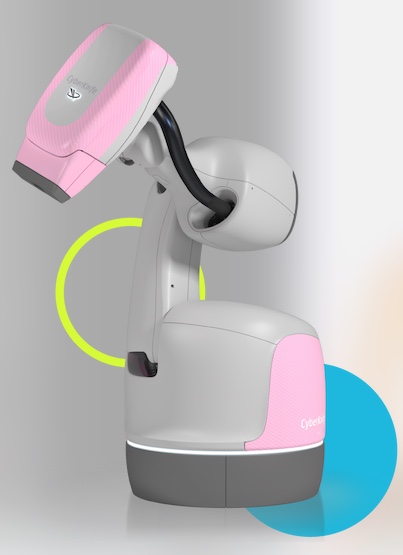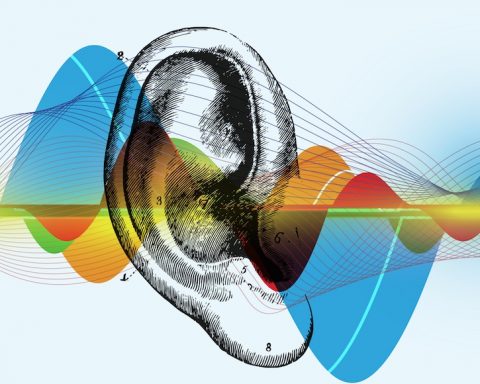Radiotherapy treatment is a process which includes simulation, planning and finally the treatment itself. Many patients feel unsettled when they find out they need to have radiotherapy and have a number of questions on what treatment will be like and how it’s carried out.
Dr Paula Sedano, Radiotherapy Oncologist at HC Cancer Center, explains the process. By helping patients to understand the steps that theyhave to take, patientsfeel safer and calmer.
What does the radiotherapy process involve?
Before treatment is given, a series of steps and quality checks are required.These ensure that we deliver the correct dose to the appropriate place, thus minimising the doseto healthy tissue and deliveringthe required dose to the treatment area.
First consultation
Once the specialist has referred the patient for radiotherapy, they have their first consultation with the Radiation Oncologist to assess the results. If they are a candidate for treatment, the process, benefits and objectives,as well as the possible side effects,are explained. Once the patient has understood all the information provided, theycan accept or reject treatment.
Simulation
Following the first consultation, when treatment has been accepted, a CT or PET-CT scan is required. This helps us to obtain an image of the region that must be treated, it is needed to plan the most appropriate dose and the exact place wherethe dose is to be targeted.
During thescan, the patient is helped into a determined position in which they can remain comfortable and for which a special immobilisation system (thermoplastic mask or vacuum cushion) may be required. Reference points are marked in permanent ink on the patient’s skin. The image obtained is transferred to our system and the patient is then able to go home.
Planning
Once the image of the treatment zone is in our system, we begin working on it. This processinvolves the Radiation Oncologist andthe Radiation Physicist.
The process consists of marking the treatment zone and checking that the required dose reaches the tumour, whilst ensuring healthy tissue and organs receive the minimum possible dose and always a dose that can be tolerated. After treatment has been approved, the patient is contacted by phone to inform them of the start date and time.
Treatment
Normally patients attend for treatment on an outpatient basis (from their home) and without the need to fast. Sessions are daily or on alternate days, and with an approximate duration of 15-20 minutes per session.
In each session, the patientlies on the treatment table whilst the table enters into an arc which moves around them. They do not see or feel the radiation, although the machine may make a noise as it moves.
During treatment they are alone in the room but are monitored constantly by staff outside the room using cameras and speakers.
A CT image is taken by the treatment machine to confirm that the patient’s position is correct, treatment is then given.
Radiation does not remain in the body after treatment, patients are therefore able to return home afterwards, there are no restrictions on being with children or pregnant women.
During treatment,patients have a weekly consultation with the Radiation Oncologist to monitor toxicity and provide supportive treatment if they have any side effects.
Total treatment duration can vary from 2-8 weeks, treatment may even be a single session.
If you need to undergo radiotherapy treatment, the HC team will be pleased to answer any of your questions. We have a second medical opinion service where our Radiation Oncologist can study your case and assess which is the most appropriate treatment for you. Book a consultation with us, we are here to help.
Innovative radiotherapy offers more precise, effective and safe treatment.
Cancer remains one of the world’s leading causes of death. Although its incidence continues to increase, early detection programmes, continuous technological advances and the emergence of new drugs have significantly improved survival in recent years.
Currently, oncological treatment isconsidered using a multidisciplinary approach, many cases involve combined treatments, offering greater control of the disease.
One of the fundamental tools in the localised treatment of cancer is radiotherapy, used for treatment in60-70% of patients with cancer.
Technological advances over the last few decades have allowed the development of increasingly precise machines, enablingimproved control of the disease without complications. The aim of innovative radiotherapy, in addition to being curative, is to help the patient as much as possible torecover the quality of life they had prior to their diagnosis.
This is made possible usingtargeted and more precise radiotherapy. HC Cancer Center’sradiation oncology team uses helical TomoTherapy, withan integrated tumour tracking system (Synchrony system), a pioneering radiotherapy technique in Spain. This type of radiotherapy ensures that the highest doses of radiation reach the tumour whilst the doses delivered to healthy tissue near the tumour are minimal.
Additionally, its advanced technology allows tracking of the tumour in real time, directing treatment with maximum precision. Treatment is therefore possible in fewer sessions, with equal or improved results.
These advances translate into a better quality of life for the patient, with a reduction in radiation dermatitis, inflammationand fibrosis. In the long term, theyfacilitate the maintenance of important functions for the patient (swallowing, continence, sexual function). They are an encouraging development in cancer treatment which will allow patients not only to live for longer, but also to live better.











